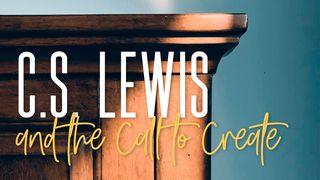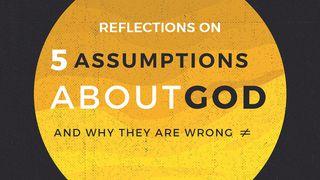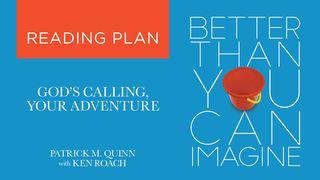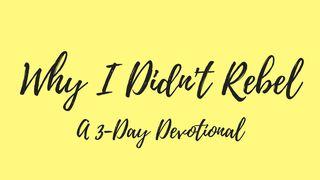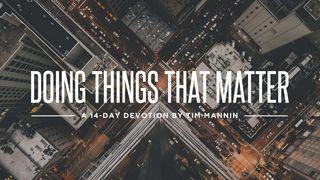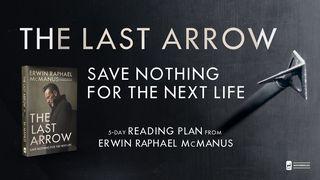A Practical Guide To CultureSample
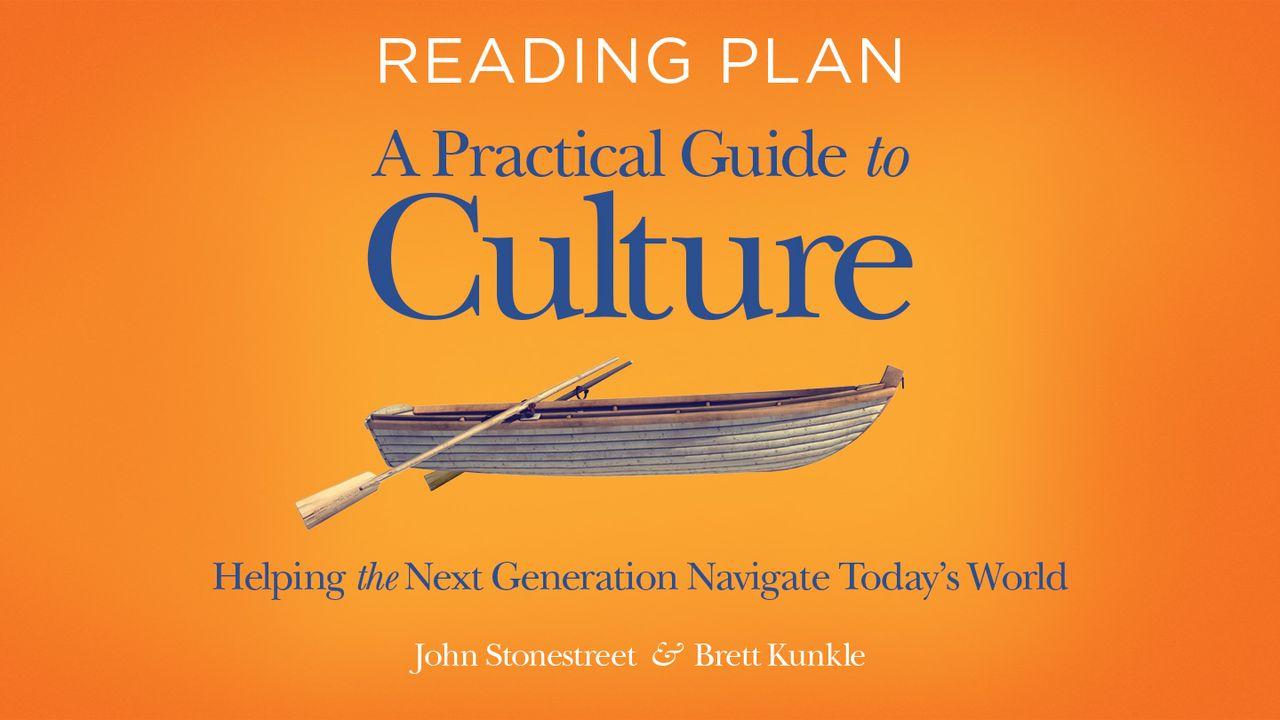
How Culture Works
Culture, in its most basic sense, is what people do with the world. But clearly more needs to be said. After all, not everything we do becomes part of culture. For example, people commit murder, but that behavior is seen as criminal and antisocial. In 2010, entertainer Lady Gaga wore a dress made of meat to the MTV Video Music Awards, but it didn’t become a fashion trend. In New York City, you may encounter a hipster hauling an old-timey typewriter to Starbucks, but the New York Times is still using computers. To make sense of what does and doesn’t affect culture, we need to unpack some sociology.
According to sociologist Peter Berger, “Every human society is an enterprise of world-building.” That seems obvious enough: we build bridges to connect islands to other islands to the mainland, so that we can build houses and stores and universities and theaters there. We decorate those houses, stock shelves in those stores, hire professors for the universities, and make movies to show in theaters so we can overcharge for popcorn. The big polysyllabic word for this is externalization. Humans externalize their values, imaginations, innovations, and ideas on the world around them by what they do. Most of what we do is consistent with our culture, but not always. That’s why cultures change: new things are created, and old things are left behind.
When what we do becomes part of our normal way of living together, it’s called objectification. Cultures are environments, or “worlds,” we create for ourselves. For example, automobile ownership is an objectified, or normal, part of the culture in most American communities because we’ve put things like highways, exit ramps, driver’s licenses, stoplights, and well-paying jobs in our communities. In New York City, however, many people forgo owning a car because of the robust public-transportation system, close proximity of stores and employment, and ridiculous traffic. In that sense, and many others, what is normal in New York City isn’t normal in Wichita, Kansas, a fact that quickly becomes obvious to the tourist who foolishly rents a car at LaGuardia Airport.
The power of what we experience as normal, though largely unnoticed until we experience a different “normal,” cannot be overstated. In fact, cultural norms determine much of our daily lives: our schedules, what we like and don’t like, what we buy, what we eat, and how we spend our money. The big polysyllabic word for how culture shapes us is internalization. We internalize culture as we settle into its routines, lifestyles, and habits, and as we consume its products, ideas, and assumptions about the world.
So, to summarize, cultures consist of those products of human activity that have collectively taken on a life of their own. The worlds we create powerfully influence our lives by convincing us of what is normal. As we live in a culture, we become committed to its vision of life, unless we’re intentional otherwise. In other words, we make our cultures, and then our cultures shape us.
Scripture
About this Plan

The cultural pressure is increasing, especially on our kids. But even in a world of ever-present screens, gender-identity questions, and addictions, kids can have clarity and confidence. We must help them.
More
We would like to thank David C Cook for providing this plan. For more information, please visit: http://www.dccpromo.com/a-practical-guide-to-culture/
